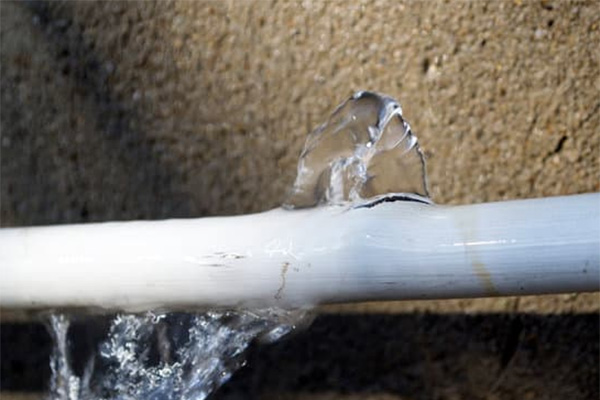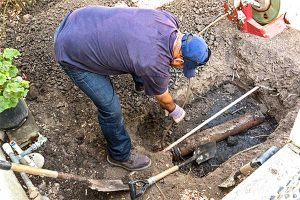“Check the temperature of your water
Ground water temperatures are typically in the upper 40s and lower 50s. Homeowners are encouraged to check water temperature by placing a digital thermometer in a cup of tap water. If it’s getting close to 32 degrees you should take action to prevent freezing.
Prevent freezing of service lateral by keeping water moving
Homeowners can run water continuously during a prolonged, severe cold snap, especially if they live in an area that is susceptible to freezing, such as a dead-end street or cul-de-sac. A stream about the width of a pencil is typically sufficient to prevent freezing. Turning faucets on at random times throughout the day can also prevent freezing.
Be careful when thawing frozen pipes
For exposed pipes in buildings you can use a hair dryer. For underground metal pipes, it’s best to call a professional. Newer methods of pipe thawing use recirculating hot water or steam. These methods are much safer than an electrical current, and they also have the additional benefit of being effective on nonmetallic pipes such as plastic or PVC.”
Read other tips by going here.
People usually realize that their water line pipes are frozen when faucets, showerheads, and toilets aren’t working. Since temperatures are at their lowest while we’re sleeping, this can cause unexpected headaches as you rush to get ready for work or school in the morning. Hoping that the weather warms up and the problem resolves on its own is sometimes wishful thinking. During a cold streak, this might mean going days without working plumbing.
The team at DC Annis Sewer have experienced technicians that know exactly how to perform the steam thawing process safely and effectively. If your pipes are frozen and you’re seeking an immediate resolution, call us at 612-861-6425. We’re available 24/7 and if it’s an emergency you can count on us to get the job done.






